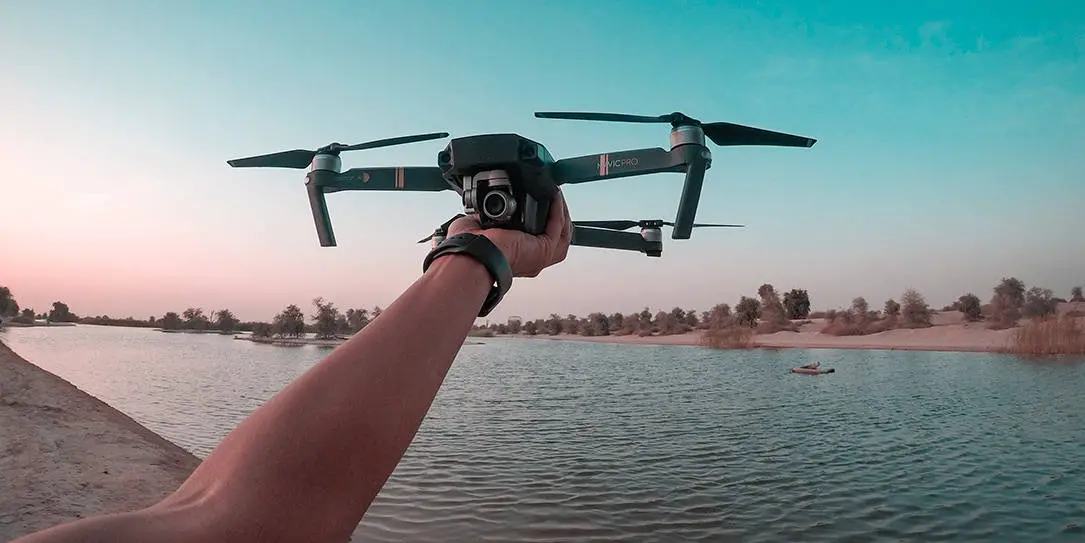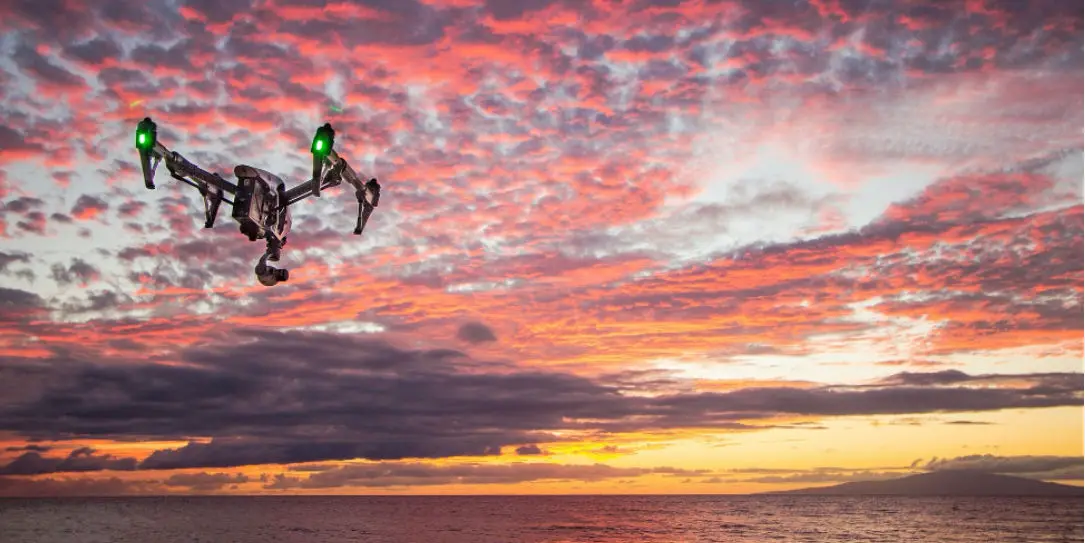We’re starting to reach the point at which drones are no longer seen as a novelty, but a versatile tool. Industry leaders have seen how the technology has developed and are keen to explore the potential unmanned vehicles can have to improve operations, enhance safety, and contribute to their success. Unmanned aerial vehicle (UAV) adoption across new sectors doesn’t just mean more varied uses but also opportunities for engineers to improve current tech and develop new protocols and tools that make them more effective in their applications.
One of the areas in which we’re seeing industrial and technological expansion for drones is salvage operations. This encompasses a rich and fascinating array of applications in public service industries, private commercial operations, and even contributing to academia. The increased maneuverability, range of size, and customization of unmanned vehicles makes them perfect for missions to areas that we unwieldy humans tend to find more difficult to reach.
So, in what areas of salvage have drones already started to see some action? What elements of drone technology have been developed to match the needs of rescue and retrieval? Let’s explore some of the interesting areas and ideas.
Emergency Situations
One of the most important uses of any technology is how it can help solve our most urgent and dangerous challenges. Whenever we can design or adapt tools to improve health or save lives, those applications must take priority. As a result, we’ve seen appropriately customized drones being increasingly used to participate in complex emergency salvage operations.
During disasters — whether these are the natural variety, such as earthquakes, or man-made chemical spills and explosions — buildings often become damaged and unstable. Drones are already being used to fly in to assess the damage, using onboard cameras and scanners to map the surrounding areas and the extent of the risks. This information is then being used by rescue agencies to make plans to undertake salvage missions to save lives or retrieve data, without humans falling victim to unexpected risks that they wouldn’t have seen without a drone’s aid.
However, it’s not just in salvage operations after a disaster has struck that UAVs are useful. Car drivers try to be prepared for when their vehicles break down and take steps — pulling off to the side of the road, setting up warning triangles — to ensure that both they and other road users remain safe. However, they don’t always have the skills to respond in the case of emergencies that can leave them stranded. In 2019, drivers in Sacramento, CA, found themselves at risk from unexpected road flooding due to heavy rains. Local firefighters deployed a drone with thermal imaging sensors to assess the current status of the flooding, and the potential ongoing danger before sending in firefighters to salvage stranded motorists.

Exploring the Depths
The majority of our world is made up of water, yet we have only explored and mapped approximately 80% of it. This is largely due to the relative difficulty of sending humans in submersibles down in such highly pressurized environments. This also presents a challenge in running salvage operations that require businesses or agencies to search and retrieve around those underexplored ocean depths.
Though we’re used to drones being in the air, remotely operated underwater vehicles (ROVs) have become a vital feature of operations at sea. The first such device in the 1950s could dive to 10,000 feet, while contemporary technology sees these drones almost double that, and some are loaded with a variety of scientific and observational instruments. One of the important areas in which they have been used is in the search for crashed planes. In 2014, a Hugin drone was used to locate the wreckage of the Malaysian flight MH370 and salvage its black box data recording device.
Aside from urgent scenarios, ROVs are also contributing to the fascinating and lucrative field of marine salvage. For more contemporary retrievals, such as freight ships that have struck mines or hit obstacles, salvagers are paid to recover what remains of the cargo. However, this is often predicated on the basis that payment is only issued once the cargo is returned. As a result, rather than investing heavily in divers at risk of not seeing a return, salvage businesses use ROVs to examine the viability of the prospect first.
For older shipwrecks, boat towed metal detectors are usually employed to ascertain the location of hulls that may contain treasure or valuable artifacts. Once these devices have located likely targets, ROVs are used to dive to the sea bed and survey the surrounding area — taking photographs and video footage of the potential salvage haul, alongside the obstacles and geographical dangers that may prove to be risks to divers sent to retrieve treasure.
Unearthing History
Some of the most valuable salvage activities we can undertake are not directly related to rescue or profit. Rather, to help us to learn a little more about our history and the cultures that make it richer. Archaeological expeditions provide us with fascinating insights, and the chance to view objects that may have been buried for centuries. Drones are also proving to be useful tools in this field.
Unmanned aerial vehicles (UAVs) are valuable to archaeology in their ability to represent non-invasive exploration. One of the traditional challenges of archaeology is minimizing damage to the landscape while unearthing important artifacts. Universities and heritage groups are using drones fitted with aerial mapping cameras, and in some cases mounted with lasers for lidar mapping. This provides a method to survey the area and its viability for discovery, and identify the least invasive areas to mount a dig if necessary.
However, it is not just official organizations that have been using drones to salvage historical artifacts. A group of amateur archaeologists in the Canary Islands flew a UAV through the difficult-to-reach Valley of Guayadequeon and identified an ancient sacred site alongside a cave tomb. This then led to the discovery of the remains of 72 pre-Hispanic “Guanche” natives. This provided archaeologists with new information on how pre-hispanic peoples prepared their dead for burial and gave insights into the cultural ceremonies of the period.
Conclusion
The further drone technology develops, the more ways we find it can enhance our activities. In the realm of salvage, UAVs contribute to bolstering safety, improving recovery of deep-sea wreckages, and even bringing us closer to our cultural heritage.
What do you think? Please share your thoughts on any of our social media pages. You can also comment on our MeWe page by joining the MeWe social network.










